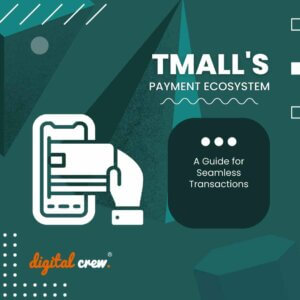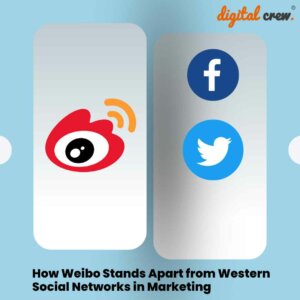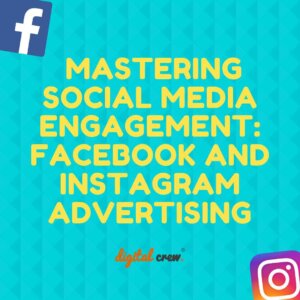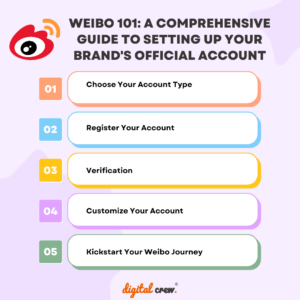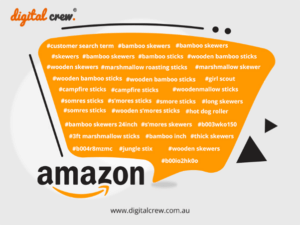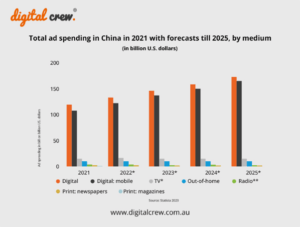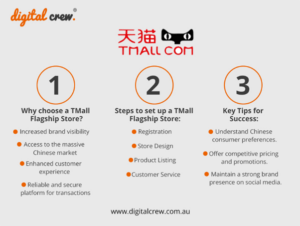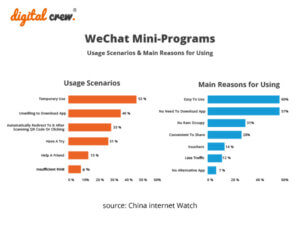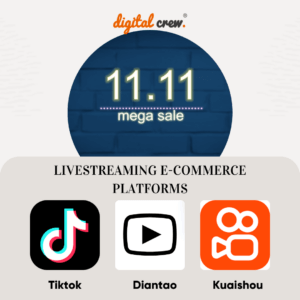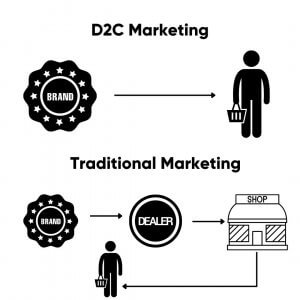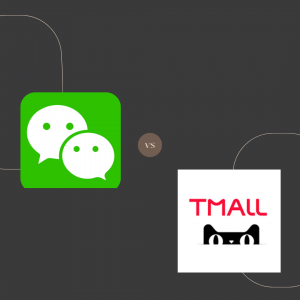According to research company eMarketer, expenditure on mobile advertising in China exceeded that of desktop for the first time in 2015 – rising from 31% of all digital advertising in 2014 to 51% a year later. Mobile advertising is also tipped to increase to almost 80% of digital ad spending by 2019, although some sources provide lower estimates than this.
While estimates vary, mobile ad spending is definitely on the rise, and given Chinese netizens’ preference for mobile internet and m-commerce, digital marketers need to know how to make the most of the medium.
Here are eight key things you need to know before you undertake mobile advertising in China.
- Customer connection is a top priority
Mass advertising and irrelevant ads in users’ newsfeeds are not the way to go in any Chinese digital marketing or advertising campaign. To advertise successfully in China, you need to know your customers well – what they like and what makes them tick, so you can provide them with information that will be of interest to them. This means you should make customer connection and relationship building top priorities in any of your online campaigns.
- Individual targeting is a top trend
It’s a little ironic that as the market grows ever bigger, there is a shift away from mass advertising and towards targeted advertising and personalised campaigns.
Customers can be targeted in several different ways – such as according to interests, demographics, location, type of device, and frequency and timing of platform use. Web analytic platforms may be particularly useful here for tracking of customer behaviour and for measuring responses to mobile campaigns.
- Your website needs to be optimised
If you use your website as a marketing and advertising medium, you need to ensure that it has been optimised for use on mobile, so that it displays properly and is easy to access and use on mobile devices.
- Social media – bans and options in China
Facebook, Twitter, Instagram, Google+ and YouTube are banned in China so you can forget about using these for mobile advertising. Any social media advertising will need to be done through China’s social platforms, with some of the options including WeChat, Weibo and Youku.
WeChat is considered a particularly good option as it is very popular – with around 800 million users, according to Statista. In addition, advertising through WeChat Moments was opened up to smaller brands in 2015 (it was previously restricted to exclusive big brands only). WeChat Moments advertising allows for the targeting of key users with one advert every 48 hours.
- Google – restrictions in China
Google is also blocked in China, so any search engine advertising will need to be done through China’s search engines – Baidu PPC is one example.
- Government regulations and restrictions
Government regulations stipulate that online ads should not interrupt a user’s general online behaviour or be too intrusive. Considering this, native advertising (where the advertiser pays to place useful content on someone else’s site) might be one of the better methods for mobile devices.
- Word of mouth carries sway
Chinese consumers tend to place a lot of weight on testimonials, reviews and opinions from their peers and respected key opinion leaders (KOLs). Using paid brand ambassadors and KOLs might be something to consider in your mobile advertising campaigns.
- Mobile advertising – what are some of the options?
Types of mobile advertising in China include mobile video, native adverts, in-app direct advertising, e-commerce ads such as on Taobao and Alibaba, pay-per-click ads (Baidu PPC), and social media cost-per-click and banner ads.
Need some help?
If you would to know more about mobile advertising in China, or any other aspect of digital marketing in China, get in touch with our bilingual marketing team for some expert assistance and advice!














